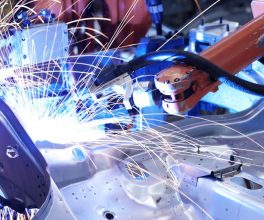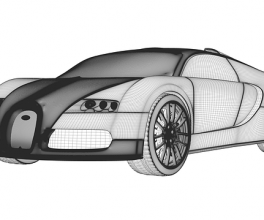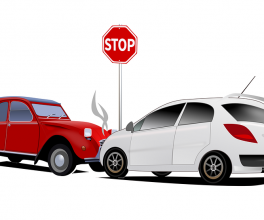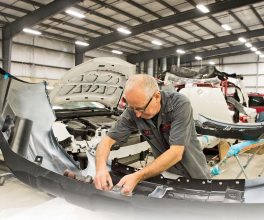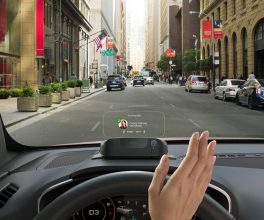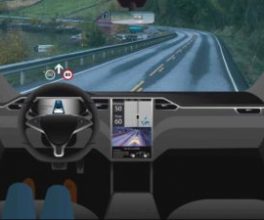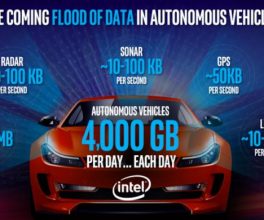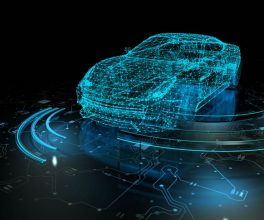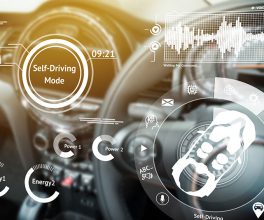The majority of vehicles used by car-sharing schemes will have utilisation rates above 50% by 2020 – up from around 5% now, according to Fujitsu America.
As Mobility-as-a-Service (MaaS) becomes a reality in the day-to-day life of consumers, there will be a need for improved driving efficiency and increased usage of cars that currently spend 95% of their lives parked and inactive.
Paul Warburton, global head of automotive at Fujitsu America, said: “We’re beginning to see the emergence of a technology-led digital transformation with consumer purchase habits shifting from the must-have car to the shared mobile device offering transportation options. As intelligent mobility continues to mature, MaaS providers will need to find innovative ways to maximise the uses of their autonomous fleets going beyond providing passenger services by expanding into areas such as parcel delivery and environmental services.
“The success of a MaaS provider will be determined by how much utilization they can gain from their accessible fleet, the value they can offer and the agility to meet the evolving demands of an instant gratification society. If car companies wish to lead this digital transformation, they will need to be quick to change and willing to see the automobile as enabling technology and not the primary value proposition as it has been.”
According to some analysts, more than 20m vehicles could be removed from the road annually as a result of growth in new mobility services. To stay competitive in this new landscape, it is crucial that car manufacturers think beyond the traditional ecosystem of making and selling cars and drive innovation into a digitally transforming auto industry. By partnering more closely with IT vendors, car companies can benefit from the process of co-creation to guide their business decisions with the goal of providing new environments that quickly address the digital demands of the modern-day consumer.
MaaS has been steadily growing, with the US carsharing market roughly doubling in five years to achieve US$400m annual revenue in 2015. Motorists of the future will have more options in how they access cars; most will either buy one and rent it out to other drivers or join a subscription-based service, which will give them access to multiple types of cars. Under the subscription model, members will have access to a variety of models and can select cars based on their immediate needs, selecting a minivan for a family vacation or a shared autonomous car for the morning commute, for example.
With cars being shared by multiple drivers, physical keys will soon become extinct, as biometric authentication becomes the standard for accessing and operating vehicles. Beyond operation of the car, biometrics can create a personalized and flexible experience for activities inside and out. The touch of a finger on the dashboard can provide access to a driver’s cloud-based music/movie collection, move the seat to the preferred position or even authorize payment for a meal at the drive-through of a fast food restaurant. Software will enable biometric authentication to unlock personalization features as well as other capabilities like entertainment, WiFi, and semi- or fully- autonomous features, which can be enabled or disabled based upon the driver’s membership and the upgrades he or she selects with the subscription.
These high-end features – including the enhanced aesthetics of these future vehicles – will help create a consistent, personalized experience in each car a person drives, which will increase the popularity of car-sharing programs and help drivers get over the attachment of owning their own car.
The digitalisation of the automotive industry means that car companies have new responsibilities to consider. Jason Bradlee, head of security, Fujitsu America, said: “Mobility-as-a-Service cannot succeed without a sound security and identity strategy and integrated program. With connected components and motorists’ profile information available through cloud-based models, it will become vitally important that car companies detect security threats, and fraudulent identity attempts, utilizing such technologies as Biometrics-as-a-Service.
“This is an area especially where car manufacturers need to look outside of their companies and enlist the help and support of technology partners.”
Author – Chris Wright
Courtesy of Just Auto

